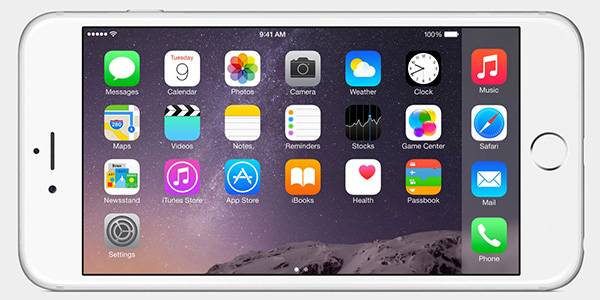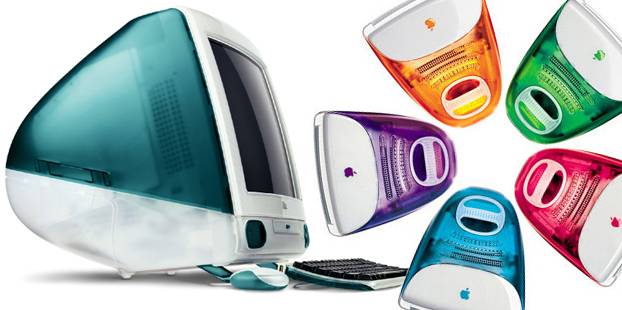Learn Creative Empathy by Crossing Your Arms
Cross your arms.
Now, cross your arms the other way.
You just felt empathy for the other other way that people cross their arms.
This feeling of empathy should be your compass if you are doing any of the following.
Are you creating a new product or service, managing a team, leading a company, teaching, giving a speech, etc.
How can you have empathy for your customers, employees or other target audiences?
Follow the Native American saying, “Great Spirit, help me never to judge another until I have walked a mile in their moccasins.”
For example, if you are designing a wheelchair ramp, then spend a month in a wheelchair.
“Creating for people is the opposite of the Golden Rule.”
Instead of “Do to others as you would have them do to you,” the rule for creating should be “Do to others as they want to be done unto.”
To feel empathy, study your customers (like an anthropologist who goes and lives with their subjects) so that you can create something that works the way that your “customer” works, or the way that they “cross their arms.”
“Humans have minds that are very creative, but that which they create often does not show empathy.”
You must experience empathy for your users — to know not just how they think and behave, but also how they feel.
In the book “Black Like Me,” a white man learns what it is like to live the life of an African American by take a drug that colors his ski black.
Step 1: Observing
Get to know your target user by observing their habits and behavior.
You watch your target user going through their daily activities with an open mind to the problems, obstacles and hitches they encounter. Spend time with them, and ask questions.
 Here is another way of knowing your users is to “be your users.” For example, I had a career as a magazine editor, and when I took a new career in public relations, I understood my users or customers (magazine editors) because I had “walked in their moccasins.”
Here is another way of knowing your users is to “be your users.” For example, I had a career as a magazine editor, and when I took a new career in public relations, I understood my users or customers (magazine editors) because I had “walked in their moccasins.”
I had empathy for my users because I had felt writers block, I had felt deadline pressure and I had felt the stress of writing for a audience of 250,000 readers.
Therefore, when I designed my products (press releases), I took all those feelings into account, and I worked late into the night to write my press releases to fit the needs of the editors — to make their lives easier and make them feel better.
Step 2: The Next Big Thing
When you are observing your users, avoid the tendency to focus just on the issues related to the message, article or product that you are creating because observing and thinking with a wider focus enables you to see ideas that were not part of your original objective — i.e., the next big thing like the iPhone or colored iMacs.
 Urban legend has it, that Steve Jobs got the idea to color iMacs because he asked a little girl what kind of computer she wanted to buy (Steve meant PC or Mac), and she answered a pink one.
Urban legend has it, that Steve Jobs got the idea to color iMacs because he asked a little girl what kind of computer she wanted to buy (Steve meant PC or Mac), and she answered a pink one.
 Steve was just asking about which computer she preferred, but he observed (like Fleming observed the ring around a lump of mold) the more important response — the color.
Steve was just asking about which computer she preferred, but he observed (like Fleming observed the ring around a lump of mold) the more important response — the color.
What kind of computer (he meant PC or Mac) do you want to buy? “A Pink One.” — Little girl Answering Steve Jobs
This coloring of computers could have been “discovered” much sooner because business professors have always made fun of the Henry Ford quote about his Model T, “You may pick any color you like, as long as it is black.”
General Motors innovated by offering cars in different colors, and took away millions of customers from Ford, thereby making Henry eat his words.
Even today, headphone makers repeat the same mistake with color offerings of black, black and black, oh, and sometimes gray.
Getting past his coloring mistake, Henry Ford did have the vision to see beyond the problem at hand, and see the next big thing.
“If I had asked people what they wanted, they would have said faster horses.” — Henry Ford
Step 3: Testing Your Design
After you study your users, brainstorm as many possible ideas that will improve your user’s way of doing things.
You reserve judgement and push for as many ideas as possible which in the jargon of creativity is called “divergent thinking”, but I call it permission to be a scatterbrain and get silly. If you are writing an article, this means lots of drafts.
Then, later (let the session percolate in your subconscious a few days), you pick the best solutions from your list and built them as prototypes for testing with the users.
Apple is famous for this testing approach when they video taped people using prototypes of their Macintosh software. The video even showed test subjects flipping off the computers in early tests.
Your creation must fit the needs of the user, or the user will change it to fit their needs such as when confusing controls in a nuclear power plant were replaced with beer-keg handles.
How often have you seen duct tape used to modify a product to fit the needs of a user.
Try it, fix, it, do it.”
Step 4: Getting the Word Out
When your creation is finished, it is your job to use the power of marketing to get the word out and change the world. Now that you have built it, you cannot expect them to come — you must go to your users and sell them on your new and better way.
If you designed a better way of teaching, it is your duty to get the word out to help the millions of students who suffer from the old ways of teaching.
Getting the word out means knowing where to find all of your users and target audiences.
Willie Sutton knew where to find his target audience, he said, “I rob banks because that is where the money is.”
Next, put your message into the language of the users just as Martin Luther (the creator of the The Protestant Church) did when he translated the Bible from Latin into the language of the people to popularize religion. Finally, deliver your message.
 Summary
Summary
Remember, the key step in human-centered design is to get to know your target user.
When applied to sales, the concept of human-centered design is expressed as follows:
“If you listen, your customers will tell you what it takes to sell them.” by Tim Connor in his book The New Art of Selling
curtisp@creativityworkshops.biz


















